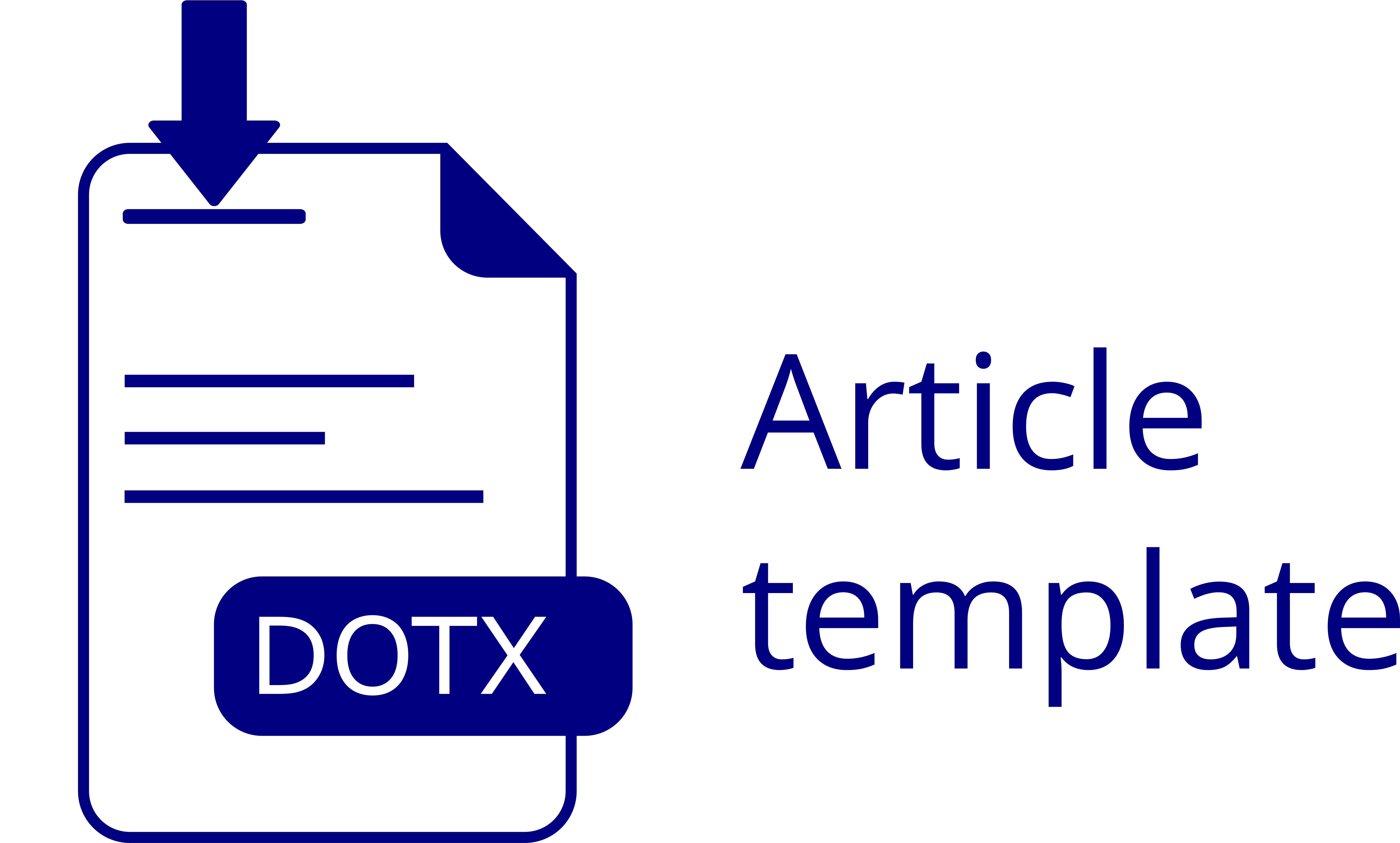Pembuatan Biosorben Dari Biji Pepaya Dengan Aktivator NaOH Untuk Penyerapan Rhodamine B
Keywords:
Biosorben, Aktivasi, Rhodamine B, Luas permukaanAbstract
Eksperimen pada kali ini mencari bagaimana dampak konsentrasi dari suatu zat pengaktivasi dan waktu pengeringan terhadap luas permukaan juga terhadap daya serap biosorben terhadap Rhodamin B. Tahap proses penelitian ini dimulai dengan preparasi bahan baku, aktivasi, pemanasan dan analisa. Senyawa untuk aktivasi biosorben menggunakan NaOH konsentrasi yang divariasikan dan dengan variasi pengeringan 80, 110, 140, dan 170 menit. Untuk analisa luas permukaan menggunakan metilen biru. Sedangkan analisa daya serap menggunakan Rhodamin B yang diukur dengan Spektrofotometer Uv-Vis. Penelitian ini sudah pernah dilakukan sebelumnya, yang menjadi pembeda dari penelitian sebelumnya adalah konsentrasi aktivator dan waktu pengeringan pada biosorben. Bilangan iodin terbaik didapat sebesar 448,46 mg/g. Luas permukaan tertinggi didapat sebanyak 28 x 10-7 m2/g. Daya serap biosorben terhadap metilen biru dan Rhodamin B tertinggi adalah 0,089% dan 0,65% pada konsentrasi NaOH 15% dengan waktu pemanasan 170 menit. Semakin tinggi konsentrasi maka permukaan dari biosorben semakin tipis dan mudah rapuh, yang menyebabkan sebagian pori dari biosorben rusak.
References
[1] Aulia Fadhil, M., Maulana Akbar, F., Millenia Ramadhani, A., Ristianingsih, Y., & Syauqiah, I. (2019). Leaf with Activation of Citric Acid as Mercury Reduction. Jurnal Teknologi Agro Industri, 6(2), 92–99.
[2] Hasfita, F. (2012). Jurnal Teknologi Kimia Unimal Jurnal Teknologi Kimia Unimal Study Of Manufacturing Biosorbent From Waste Of Acacia Mangium Leaves (Acacia Mangium Wild) For Metal Removal Applications. Hal 41 , 36–48. www.ft.unimal.ac.id/jurnal_teknik_kimia
[3] A.Herlin, S.Bahri, Nurakhirawati, Study of the Use of Corncob Activated Charcoal as a Pb Metal Adsorbent with Several Acid Activators, 2013.hal 41 Vol. 2 (3), Hal. 75-86.
[4] Hanum, F., Gultom, R. J., & Simanjuntak, M. (2017). Adsorption By Durian Shell Activated Carbon Using KOH AND NaOH As An Activator. Jurnal Teknik Kimia USU, hal 42 6(1), 49–55.
[5] MZ, S., Lara Indra Ranita, & Dandri Safitri. (2017). Manufacturing Biosorbent From Papaya Seeds (Carica Papaya L) For Absorption Of Dyes. hal 42 Jurnal Teknik Kimia USU, 6(2), 7–13. https://doi.org/10.32734/jtk.v6i2.1576
[6] Nusa, M. I., & Sipahutar, Y. B. (2018). Use of Papaya Seed Biosorbent to Recondition the Quality of Used Cooking Oil. hal 42 Agrintech: Jurnal Teknologi Pangan Dan Hasil Pertanian, 1(2), 95–102. https://doi.org/10.30596/agrintech.v1i2.2009
[7] Sudiarta, I. W., Prameswari, A. A. S. D., & S. Negara, I. M. (2022). Biosorption Of Cr(Iii) By Biosorbent Of Kapok Shell (Ceiba Pentandra (L.) Gaertn) Activated By Nitrac Acid. hal 42 Jurnal Kimia, 16(1), 93. https://doi.org/10.24843/jchem.2022.v16.i01.p12
[8] Maulinda, L., ZA, N., & Sari, D. N. (2017). Utilization of Cassava Peel as Raw Material for Active Carbon. hal 43 J 4(2), 11. https://doi.org/10.29103/jtku.v4i2.69
[9] Zustriani, A. K. (2019). Effect Of Papaya Seed Adsorbent Activation On Iron Metal Adsorption (Fe) Dan Tembaga (Cu) Dalam Air Limbah. hal 43 Integrated Lab Journal, 07(01), 29–43.
[10] Fauzi, M. D. N., Nasra, E., Amran, A., & Khair, M. (2021). The Effect of pH and Concentration on the Absorption of Rhodamine B Dyes Using Kepok Banana Peel Activated Carbon (Musa balbisiana Colla). hal 43 10(2), 51.https://doi.org/10.24036/p.v10i2.112375
[11] (Sahara et al., 2018)Sahara, E., Gayatri, P. S., & Putu, S. (2018). Adsorpsi Zat Warna Rhodamin-B Dalam Larutan Oleh Arang Aktif Batang Tanaman Gumitir Teraktivasi Asam Fosfat. hal 43 6(1) 37–44.
Downloads
Published
How to Cite
Issue
Section
License
Copyright (c) 2024 Prosiding Seminar Nasional Teknik Kimia Universitas Malikussaleh

This work is licensed under a Creative Commons Attribution-ShareAlike 4.0 International License.
Authors published in this proceeding agree to the following terms:
1. The copyright of each article is retained by the author (s).
2. The author grants the proceeding the first publication rights with the work simultaneously licensed under the Creative Commons Attribution License, allowing others to share the work with an acknowledgment of authorship and the initial publication in this proceeding.
3. Authors may enter into separate additional contractual agreements for the non-exclusive distribution of published proceeding versions of the work (for example, posting them to institutional repositories or publishing them in a book), with acknowledgment of their initial publication in this proceeding.
4. Authors are permitted and encouraged to post their work online (For example in the Institutional Repository or on their website) before and during the submission process, as this can lead to productive exchanges, as well as earlier and larger citations of published work.
5. Articles and all related material published are distributed under a Creative Commons Attribution-ShareAlike 4.0 International License.
License
![]()
Proceeding Prosiding Seminar Nasional Teknik Kimia is licensed under a Creative Commons Attribution-ShareAlike 4.0 International License






